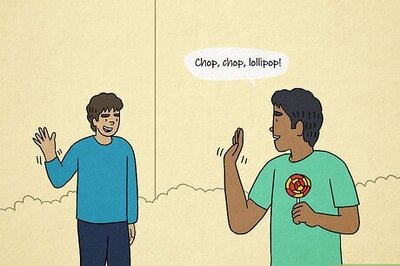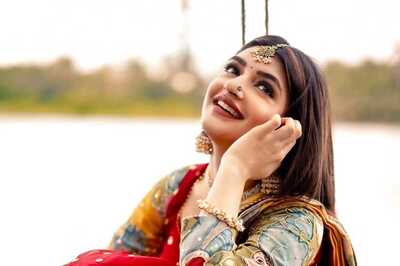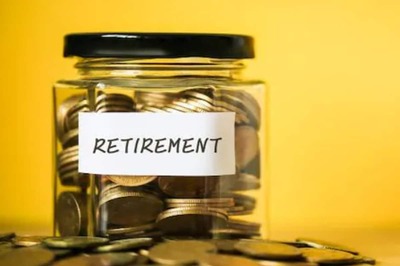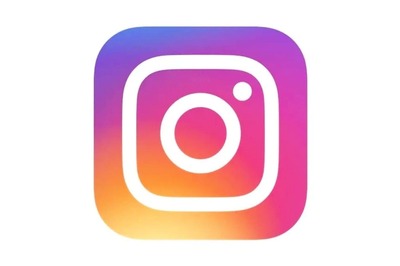
views
The joke is on me. When I started doing stand-up comedy in 2010, at Mumbai’s Canvas Laugh Club, I’d have told you that the fledgling interest in this craft would last a week. Today, stand-up stands as a legitimate art form, along with Bollywood, Balaji, Badshah and Arijit Singh. Most of us get the future wrong.
I’m reading about the rise of Donald Trump and when his campaign advisor Steve Bannon was asked in 2010 whether Trump would run for President, he replied, “Not a chance in hell." Stand-up comedy tickles the core of every culture, so why would I think it wouldn’t in India?
The thing is, most of us now take the idea of stand-up being an industry so seriously that we’ve lost our sense of humour. When English stand-up became popular in urban India, there were probably a handful of us, all doing it in English, all in relatively privileged environments like city bars, pubs, clubs. No one knew what was happening. Often audiences would talk back or continue dining unaware that stand-up was on (if it was a restaurant), or sometimes (as experienced by yours truly in 2013), put the comedian on a floating raft in a 5-star hotel swimming pool.
Everyone thought, “Oh, this is easy, some jokes in English about the foibles of the upper-middle classes," which the upper-middle classes would pay a lot to see. A posh environment, an alcohol sponsor. Mass retail marketers would call this, “niche". Oscar Wilde had said, “The provinces would pay good money to be told they were provincial."
That’s what I thought stand-up would be. A niche urban English-speaking thing that appealed to tiny pockets of privileged India, like the early days of Channel V or MTV. I could not imagine the India of 2018, where 5,000 people in a stadium would be screaming, “Zakir, Zakir" as comedy legend Zakir Khan took the stage.
YouTube played a huge part in this revolution, as did the early movers on the video-sharing website, AIB, EIC, individual comedians, and for good reason. There was no way Indian television with its censorship would allow any ideas to pass. Nor would movies. And I don’t mean bad language, which is the least of the problems. I mean revolutionary ideas. Honesty. Specifically naming a person, a politician, a bank, a media house. Anything picked out and named to be made fun of would have been censored for fear of losing sponsors, backlash and legal hassles (and still is).
The Catch-22 is without anything named, nothing is funny. Young comedians, therefore, brilliantly bypassed that route and ingeniously put their ideas straight to the public at a time YouTube and Google were expanding in India. It ended up being a great fit and, like all coincidental things in the world, lucky. And two things really made this explode – it went from niche English to Hindi and it went from just stand-up to sketches. On the consumer side, viewing on smartphones took off. Suddenly, the entire comedy scene went from urban, elitist, stolen Seinfeld routines in rooms, to Hindi scenes from a real India, written originally, that everyone identified with. Suddenly, the nation was sharing comedy clips on WhatsApp. No one saw it coming.
Lots of people said before this generation of stand-up comedians, we’ve never had stand-up. That’s simply not true. We’ve had stand-ups and we’ve had TV stand-up, just like the US. What we never had was uncensored stand-up, in a western style of storytelling. Even now, there’s a healthy stand-up TV culture (of the Navjot Sidhu/Sunil Pal/Kapil Sharma variety) but that plays to a mass audience with jokes making fun of Bollywood actors’ voices, cross-dressing and often drum beat after a punchline. What was new was/is Indian comics inspired by the style of a Chris Rock, Bill Burr or Mitch Hedberg doing very local subjects, original content, having learnt the style from foreign comedians on YouTube.
The anecdotal, non-pun, wordplay kind of comedy, where one has to actually listen to the comedian and not just laugh at the way someone is saying something. Whether it be foibles of bachelor life (Biswa Kalyan Rath), seeing a cow in India (Kanan Gill), shopping for Levi’s (Zakir Khan), or being a financial advisor (Sumit Anand), everyday India, actual everyday India, finally showed up as entertainment. Everyone could relate in a way they couldn’t to someone just mimicking Dev Anand.
And this style of anecdotes and yarns, where silliness wasn’t the focus, where relatability ruled, started and grew the careers of the likes of Kunal Kamra, Vipul Goyal, Varun Grover, Atul Khatri, Daniel Fernandes, Aditi Mittal, Abhishek Upmanyu, Rahul Subramanian and so many others, and their popularity manifested itself in their millions of YouTube followers. In the sketch world, same for TVF and AIB – dialogues capturing a certain truth about Indian life that even journalism, didn’t capture. Sort of like 60s’ rock music, these comedy names gave their generation a voice, saying things TV was not saying or Bollywood was ignoring. Today, Bollywood is playing catch-up – employing stand-ups as writers, actors and casting them in ads.
Given this is India, and in a digital space free of censorship, it was only a matter of time before comedy and politics intersected. I don’t only mean making fun of politicians (which is common), but also the politics of making fun of anything. Everything is sacred to someone in India, be it a person, a god or an idea, and the only thing sacred in stand-up comedy is that nothing is sacred. Hence, the two things often clashed. FIRs against comedians became common, filed by anyone offended at their political party besmirched. It wasn’t limited to political leaders: comedian controversies flooded the media when a really loved celebrity was mocked (as Tanmay Bhat found out), or even when something as seemingly harmless as DJs were made fun of (Rahul Subramanian experienced this).
What’s the future? When I started, one could count the number of comedians on their fingers. Like any industry, today, Indian stand-up comedians, people professionally doing this for a living, number in the hundreds, if not a thousand. And as diverse are India’s languages and classes, one representing each segment and area of India will emerge as a voice, more and more local. Yes, there’ll be more FIRs against them and maybe someday even violence, and arrest, but their popularity will grow even more.
As people read less and watch phone screens more, the 5-minute YouTube clips of stand-ups will be the new preaching, no different than how gurus and motivational speakers reach audiences. And its popularity will grow even more as journalists become political party spokespeople and politicians try to control all narrative by getting businessmen to buy media houses.
As we prep for the insanity of elections 2019, everyone’s talking but the truth is rarely told. And even rarer is it told with laughter. Every effort will be made to stop stand-up comedians, buy stand-up comedians, or change stand-up comedians. But as long as audiences in India demand the truth, there will only be a rise and rise in stand-up comedy.
(Written by Anuvab Pal)




















Comments
0 comment